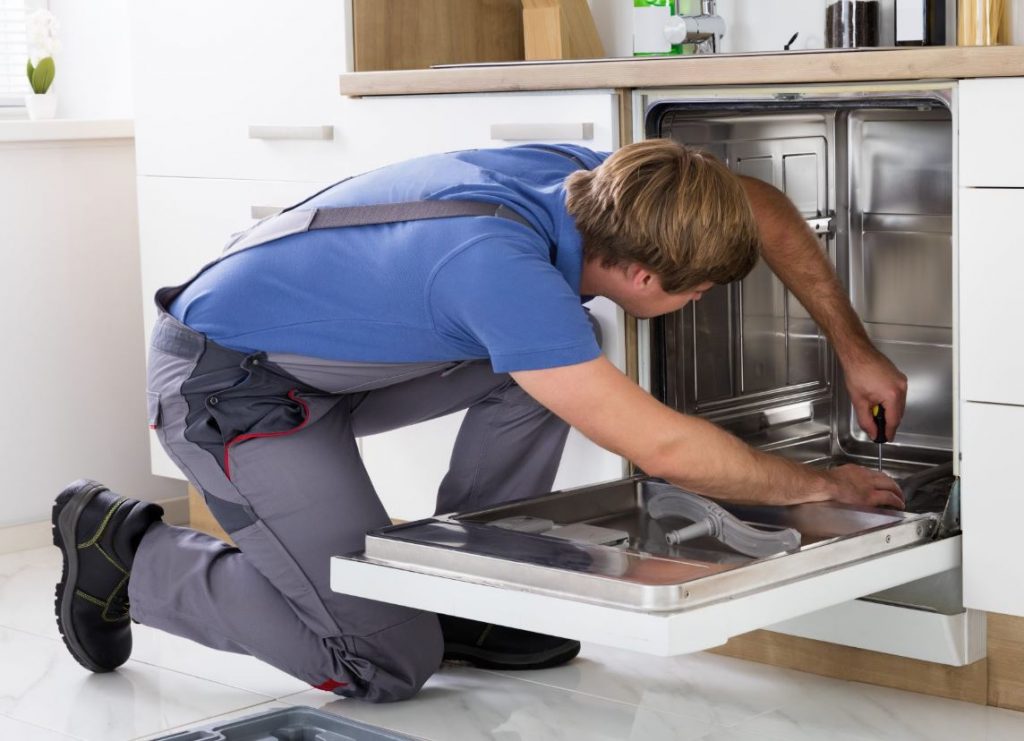When it works properly, we don’t think about what a home’s drainage system is made of, and we never question how a sink works, even if we use it every day. So you have to be able to identify and locate parts very quickly when you’re not working. Now is the time to learn about your drainage system, not when your sink has failed and spilled dirty water all over your bathroom or kitchen floor.
We generally see them just as “the drain pipes”, to be technically correct the system is known as the DWV system. The acronym stands for Drain-Waste-Vent and indicates that this network of pipes is designed to drain wastewater and serves as a ventilation system that allows fresh air to enter the drainage system.
Here are the parts you need to know about your sink drain system:
- Accessory drains
The visible top section of a bathtub, shower or sink drain is what everyone knows. While this is the most apparent component, it’s relatively rare for drainage problems to originate here. Except where gaskets or washers can cause a tub or sink to leak, the most common problems (drain clogs) almost always occur downstream of the fixture drain openings.
- P-traps
Immediately below a sink, bathtub, or other plumbing fixture, the fixture’s drain opening leads to a curved segment of pipe known as a P-trap, which is typically a segment of pipe 1 1/4 to 2 inches in diameter. with a very curved tip. . on it, in the form of the letter “P”.
The purpose of this drain trap is to retain standing water, which seals the drainage system and prevents sewage gases from rising from the sewer system into your home.
- Bathroom trap
Although not immediately apparent, each toilet has a built-in curved drain trap, which you can see by looking at the toilet bowl from the side. This built-in siphon has the same function as a sink drain siphon: to trap water and prevent residual gases from reaching the house.
- Support tube for washing machine
The washer drain pipe empties into an exposed standpipe that leads to a curved drain trap, which leads to a bypass drain and then to the main drain. You can hide most of these parts behind finished walls, but the riser is usually exposed.
- Drain lines branch
Branch drain lines run horizontally, albeit with a slight downward slope, called a hill, to connect each fixture’s drain traps to the dirt piles, which lead to the main drain lines. Branch drain lines are often completely hidden by finished wall, ceiling, and floor surfaces.
- Main drain line
All wastewater from your home is brought to the municipal sewer line via the main sewer pipe which generally runs horizontally, but with a slight downward slope, below the lowest floor of your home to the main municipal sewer or to the septic field.
The main line is rarely visible, as it usually runs under the home’s basement or foundation. You will likely see this drain line only during major repairs or additions to the system.
- Main municipal sewer
The end point of your home’s drainage system is the municipal sewer. Your home’s main sewer line runs perpendicular to the main sewer, sloping downward to promote waste flow. You have no control over the municipal line as it is owned by a city, county, or wastewater district.
When you have plumbing problems, contact Angelino’s Plumbing Emergency Services Pacific Palisades. It has the best plumbers in the city, they have the experience and knowledge to solve all your plumbing problems.
Do you use chemical drain cleaners regularly in Santa Monica?

